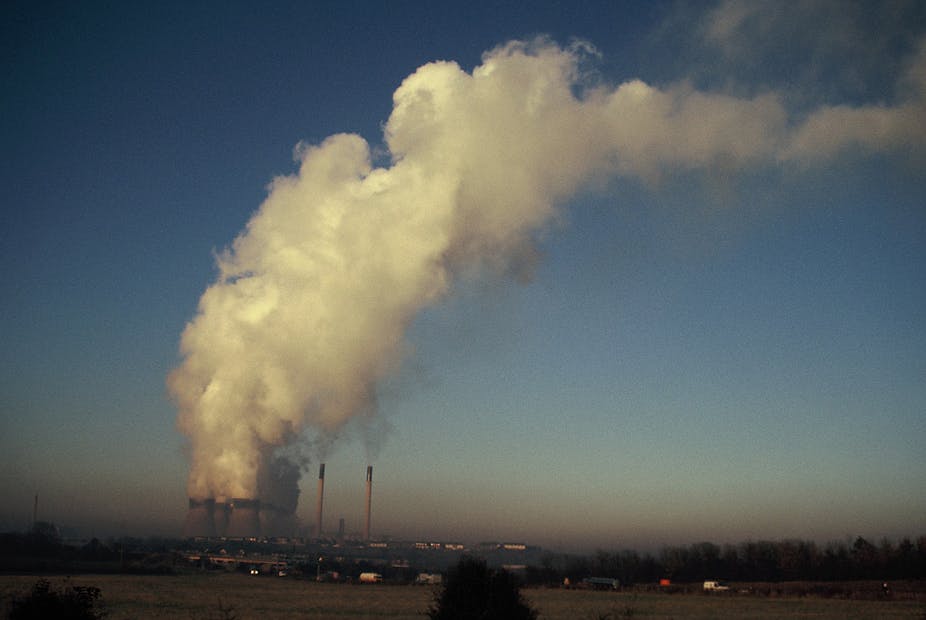In his latest article for The Conversation Dr. David Karoly reports on the proceedings of a recent Canberra symposium on “Geo-engineering the Climate”. In his article, Dr. Karoly presents an insightful discussion of the merits and weaknesses of geo-engineering and other technologies that could be used to deal with climate change.
Unfortunately, Dr. Karoly refers to carbon capture and storage (CCS) as a proposal for removing CO₂ directly from the atmosphere. Although similarities do exist between the two processes, it is incorrect to use direct-from-atmosphere (DFA) capture and CCS interchangeably.
CCS, as it is most generally discussed, is the process of removing (capturing) and permanently storing carbon dioxide from stationary sources (for example fossil-fuel-fired power and industrial processes) before it enters the atmosphere. The purpose of CCS is to mitigate those carbon dioxide emissions, preventing them from entering the atmosphere in the first place.
DFA capture requires different technologies from CCS and encounters technical challenges that CCS does not. The most defining difference is that in the atmosphere, CO₂ has a concentration of .039% while coal combustion flue gases have CO₂ concentrations between 12-14%. That’s a difference of more than 30,000%!
Such a large variation requires the use of different methods and technologies for removing and isolating the CO₂. With atmospheric capture there is also the problem of collecting vast amounts of air from the atmosphere for processing. CCS simply processes flue gases as they are produced.
These differences result in considerable technical and economic differences between the two proposals.

In his article, Dr. Karoly also asserts that CCS “has yet to demonstrate it is safe, effective, permanent and economically viable.” The capture and geologic injection of carbon dioxide has been occurring separately for more than 50 years and as an integrated process for the purpose of CO₂ mitigation for more than 15 years.
In that time more than 600 million tonnes of CO₂ has been injected into the Permian Basin in Texas alone. Currently, more than 50 million tonnes of anthropogenic (manmade) CO₂ is injected every year around the world.
Numerous studies and projects have proven that injected CCS will safely stay where it is stored in the short term. Such projects include the CO2CRC Otway Project, the Sleipner project in Norway and the In Salah project in Algeria.
We do not have long term histories to consider yet, but models – based on our knowledge of oil and gas as well as geologic CO₂ sites where CO₂ has been naturally stored for thousands to millions of years – allows us to be confident of safe storage over thousands of years.
Economic viability is the focus of present research and development and demonstration projects here in Australia – including the CO2CRC Otway Project – and globally.
Although DFA capture and CCS may have similarities, they are not the same. While DFA capture faces technical challenges that limit its near term potential, CCS relies on technology that has been operational for many years.
CCS is not a silver bullet to solve the issues of climate change; no single technology is. But CCS will be a key component of the pathway to reduce emissions from the use of fossil fuels, during the transition from our current infrastructure to one based on renewables.
Further reading:
- Carbon capture and storage – a vital part of our climate change response – by Richard Aldous, CEO, CO2CRC

